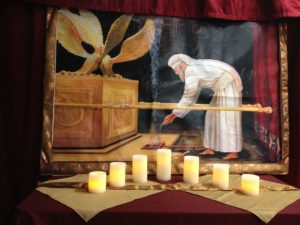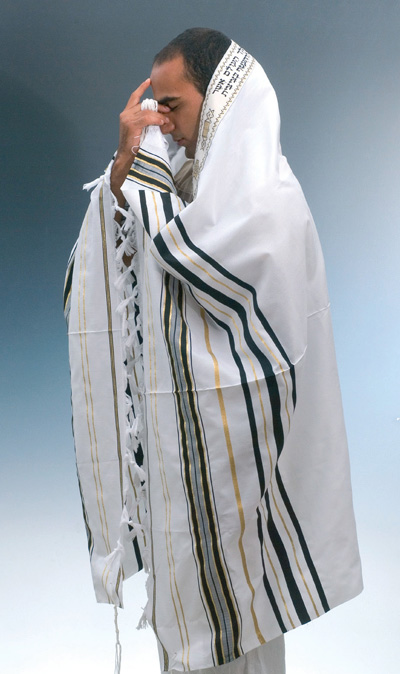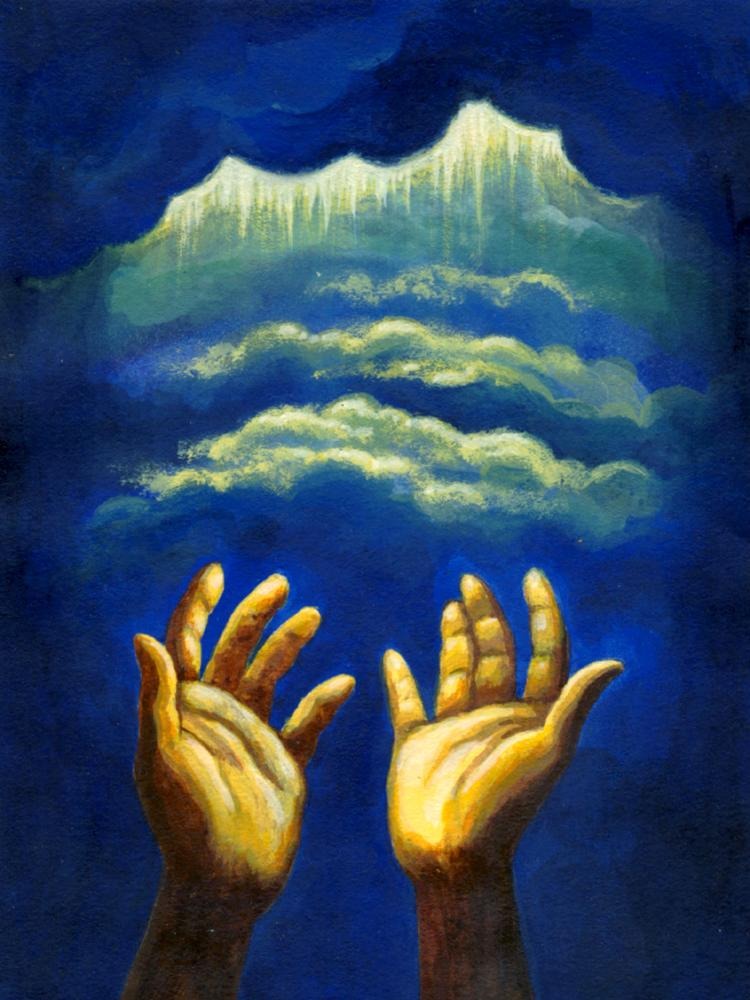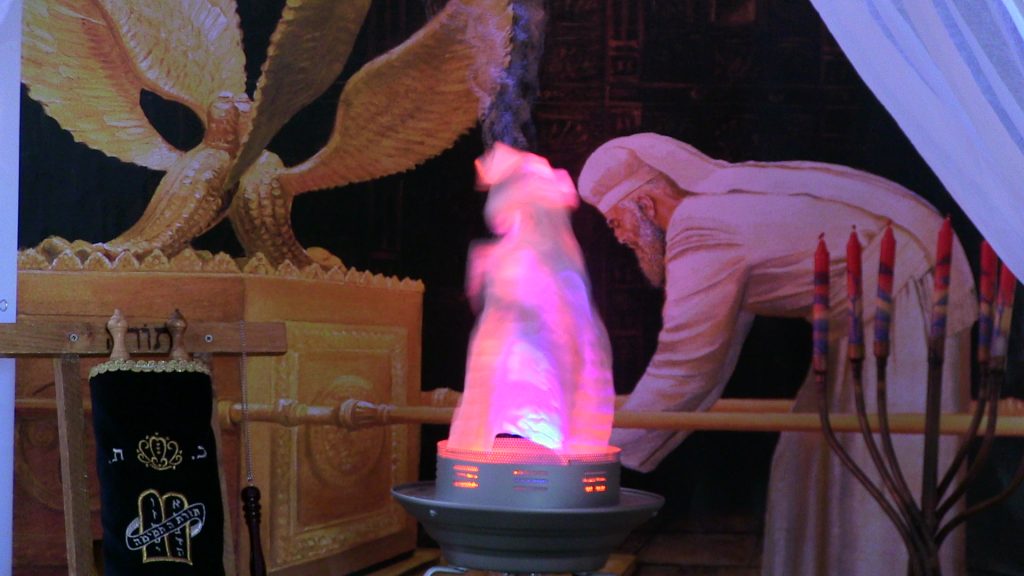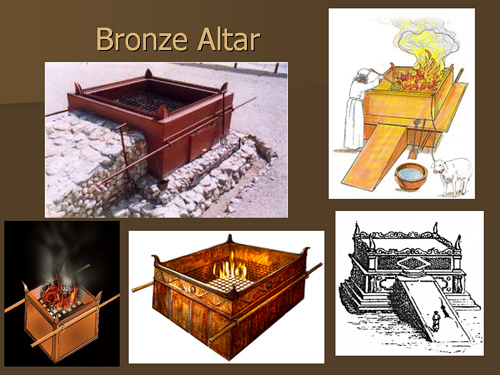
Exodus 29:38–42, In the morning…at twilight.(See also Lev 1:1–17 and Num 28:1–15.) Heb. erev meaning “twilight or between the evenings.” According to Alfred Edersheim, the morning sacrifice was offered at 9 AM and the evening sacrifice was offered at approximately 6 PM, since Israel is closer to the equator making the day and night portions on average closer to twelve hours each (The Temple–Its Ministry and Service, p. 108, by Alfred Edersheim). He then goes on the show that by the time of Yeshua, the Jews had changed the time of the evening sacrifice, so that it commenced earlier. By this time, the lamb was killed at about 2:30 PM with the pieces being laid on the altar about 3:30 PM. The whole evening sacrifice service would last until about 4:00 PM (ibid., pp 108–109).
This twice daily offering was known as the continual burnt offering (Heb. olah tamiyd), and was offered at the door of the tabernacle (verse 42). This sacrificial offering has great spiritual implications for the serious disciple of Yeshua and relates to his or her daily life. The word continual (Heb. tamiyd) means “continually.” The Hebrew word for burnt offering is olah meaning “ascent, stairway or steps,” and derives from the basic Hebrew verb, alah, meaning “to go up, climb or ascend.” In this offering, the fire consumes the entire animal, and the word olah refers to the smoke of this whole burnt offering ascending to heaven, which is a “sweet aroma” to YHVH (verse 41). The olah was an offering or gift (Lev 1:2, Heb. qorban)to YHVH and could be a bull, goat, ram, turtle dove or a pigeon as long as it was a perfect specimen without defect (Lev 1). If an Israelite sinned, he could bring this gift-offering to the door of the tabernacle where he would place his hands upon the head of the animal, after which the priests would slaughter it, and sprinkle its blood around the altar of sacrifice just inside the door of the tabernacle (Lev 1:2, 4, 5). The meat was then prepared and arranged on the altar and entirely burnt (Lev 1:6–17). When the sinner laid his hands on the animal, it was as if he were transferring his sins onto the innocent, blemish-free animal, where upon YHVH accepted it as an atonement for the person’s sin (Lev 1:4).
The writer of Hebrews clearly teaches that this offering (along with all the other offerings in the sacrificial system) pointed to Yeshua, our Great High Priest, whose atoning death on the cross fulfilled all the types and shadows of the Levitical, sacrificial system (Heb 4:14–5:7; 7:1–10:18).
Continue reading

